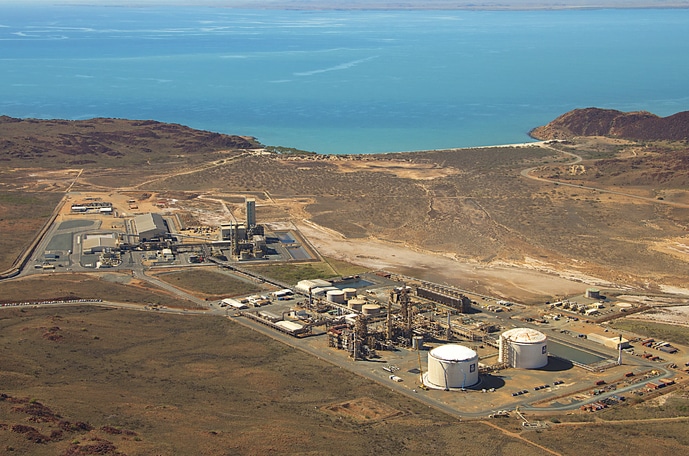France's Engie and Yara recently published a report on the feasibility of making one of the Australian ammonia producer's plants dependent on green hydrogen instead of natural gas. The report shows plans for the initial 10 MW solar phase of what is set to become a hydrogen hub in Western Australia.
The study, partially funded by the Australian Renewable Energy Agency (ARENA), began in February 2019. It has sought to investigate how the Yara Pilbara Fertilisers (YPF) plant can decarbonize via a large-scale renewable hydrogen project. With the publication of the study’s latest report, it is clear that Engie and Yara have developed a multi-stage roadmap to produce renewable hydrogen through electrolysis with a large-scale onsite solar array.

Given the abundant solar resources on offer in Western Australia's Pilbara region, the partners be able to make renewable hydrogen and ammonia as feedstock for renewable chemical production. But they will also be able to produce clean fuel for power generation and shipping, both locally and to international markets, such as Japan.
Of course, the Pilbara is already home to the recently approved 26 GW Asian Renewable Energy Hub which, among other ventures, aims to produce green hydrogen for export to Asian markets. And indeed there are other exxport-focused green hydrogen projects in Western Australia, such as the 5 GW Murchison Renewable Hydrogen Project near Kalbarri, and Infinite Blue Energy’s AUD 350 million (US$260.3 million) Arrowsmith Hydrogen Plant.
The multi-stage Yuri project in the Pilbara will ultimately culminate in the development of the “Pilbara Hydrogen Hub.” In addition to producing clean ammonia, it could potentially inject and blend hydrogen into natural gas pipelines via the nearby Dampier Bunbury pipeline. It could also supply clean hydrogen fuel for local road transport, such as mining trucks, and export liquefied hydrogen via the port of Dampier to Japan and the rest of Asia.
The first phase of the project, known as Yuri Phase 0, will see the construction of a 10 MW solar plant and electrolyzer at YPF. The solar farm, which is expected to generate approximately 35,000 MWh of electricity per year, will be complemented with the addition of a battery energy storage to form a microgrid. This AUD 70 million phase of Yuri alone is forecasted to produce 625 tons of hydrogen and 3,500 tons of ammonia annually.

According to the consortium’s market study, renewable ammonia is expected to gradually replace conventional ammonia and nitrogen products, which are primarily used in fertilizer and as chemical feedstock. Yara expects a premium market for renewable ammonia to be developed within the next decade. Moreover, ammonia can be used directly in combustion and indirectly as a hydrogen carrier, presenting enormous potential in transport and shipping.

Although the latter three phases of the Yuri Pilbara Hydrogen Hub have not been finalized, phase 0 has already been initiated and relevant stakeholders engaged. A completion date for Phase 0 is scheduled in the fourth quarter of 2022. The project will no doubt have the support of state and federal governments, as their respective hydrogen strategies are strongly oriented toward production for export markets.
This content is protected by copyright and may not be reused. If you want to cooperate with us and would like to reuse some of our content, please contact: editors@pv-magazine.com.




No mention of marketing ammonia as a near drop-in green fuel for cargo ships. But if the market emerges, they could easily meet it from Pilbara.